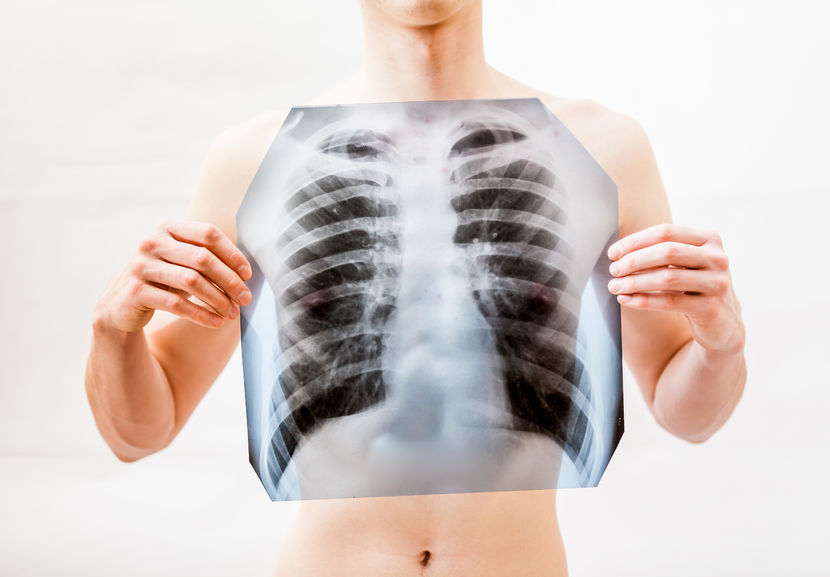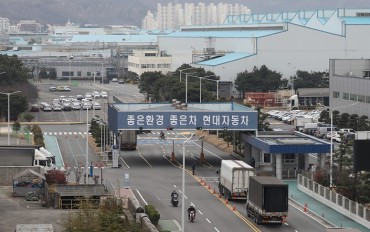
Researchers looked at where lung cancer patients lived between 1995 and 2014, and measured the estimated level of air pollution exposure by applying air quality data from the last two decades retroactively. (Image: Hanwool Kim from Flickr)
SEOUL, Nov. 8 (Korea Bizwire) — People who live in the vicinity of bus stops might be twice as likely to develop lung cancer, a recent study has found.
According to findings from a joint study conducted by Inha University Hospital, Samsung Medical Center and Asan Medical Center, some patients diagnosed with lung cancer were found to have been living near areas with higher exposure to air pollution, including bus stops or taxi stands.
The study showed those living within two kilometers of bus stops and taxi stands face as much as twice the risk of lung cancer than others, while those living near industrial complexes and incinerators were also exposed to a slightly higher risk of lung cancer.
The findings come after the joint research team analyzed over 900 lung cancer patients and looked into possible exposure risks, including smoking experience, secondhand smoke exposure at work, and living environment, over the last 20 years.
Researchers looked at where lung cancer patients lived between 1995 and 2014, and measured the estimated level of air pollution exposure by applying air quality data from the last two decades retroactively.
It was also found that the link between exposure to air pollution and the risk of lung cancer was more apparent among non-smokers, those with a higher education level and those with a low intake of fruits.
Patients on average were diagnosed with lung cancer at the age of 61, with nearly 6 in 10 being male, 23 percent of whom were smokers.
The researchers added that while the study focused on where lung cancer patients lived in the last 20 years to measure the level of air pollution exposure, they also noted that the data regarding diet and location was based on patients’ memories and the actual medical impact might be different.

People who live in the vicinity of bus stops might be twice as likely to develop lung cancer, a recent study has found. (Image: Kobiz Media)
“Despite being exposed to air pollutants, those who consumed fruits every day were found to have a lower lung cancer risk than those who only ate fruits one to three times a month. Sufficient intake of fruits can help guard against the impact of oxidative stress,” said chief researcher Kim Hwan-Cheol from Inha University Hospital.
The findings of the study were published in the latest edition of the Yonsei Medical Journal.
Hyunsu Yim (hyunsu@koreabizwire.com)






